Lab 1 – Composition
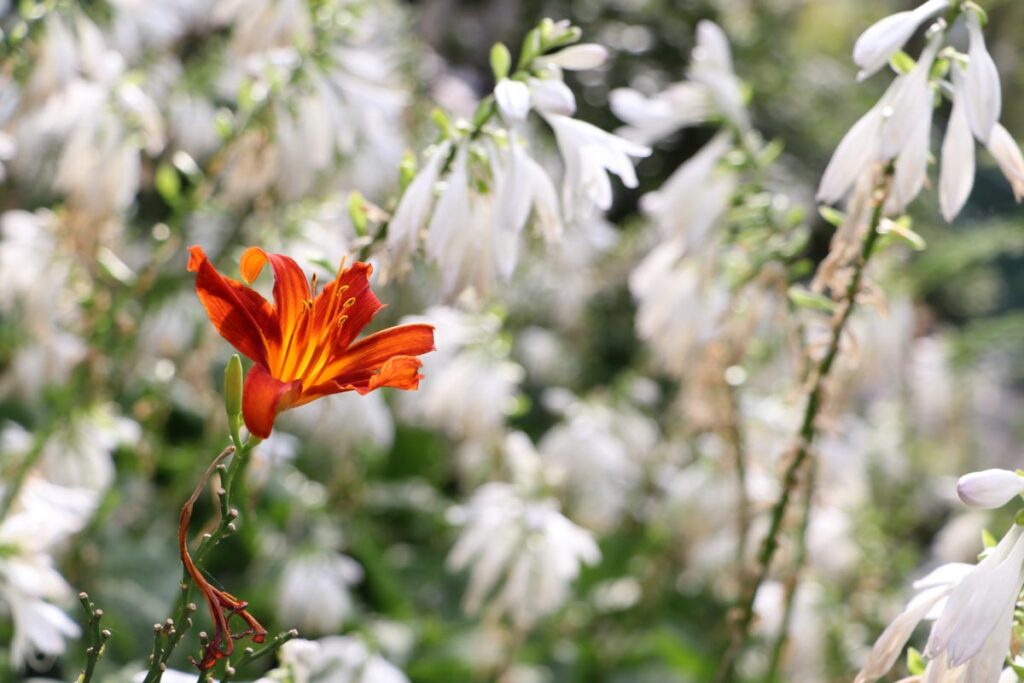
Photographer: Michaelle Rojas 
Photographer: Rezwan Haque 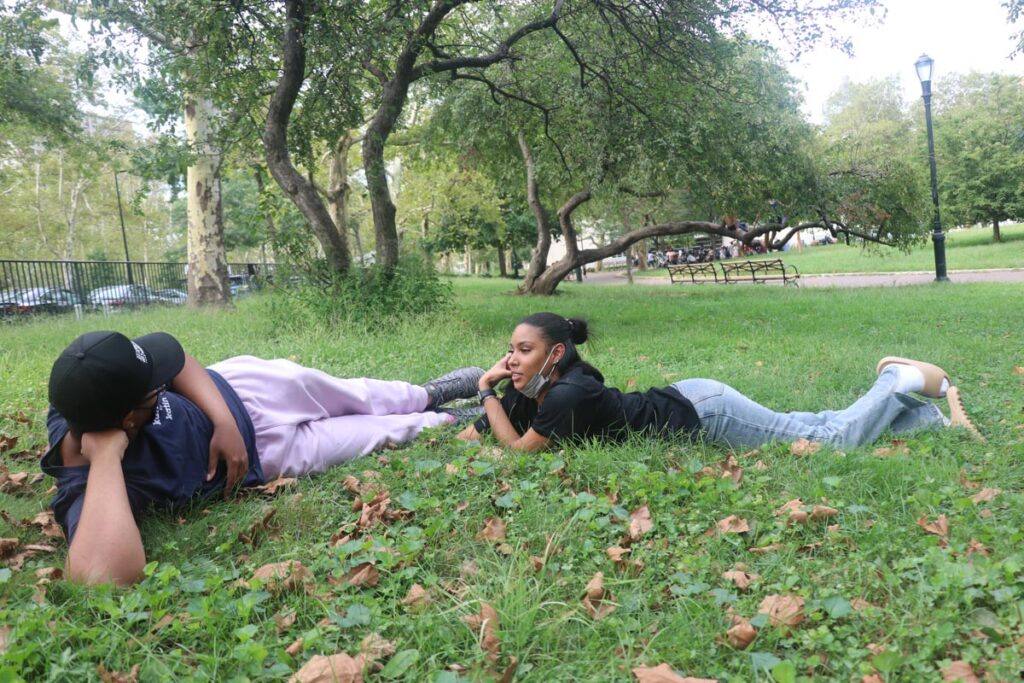
Photographer: James Bolden 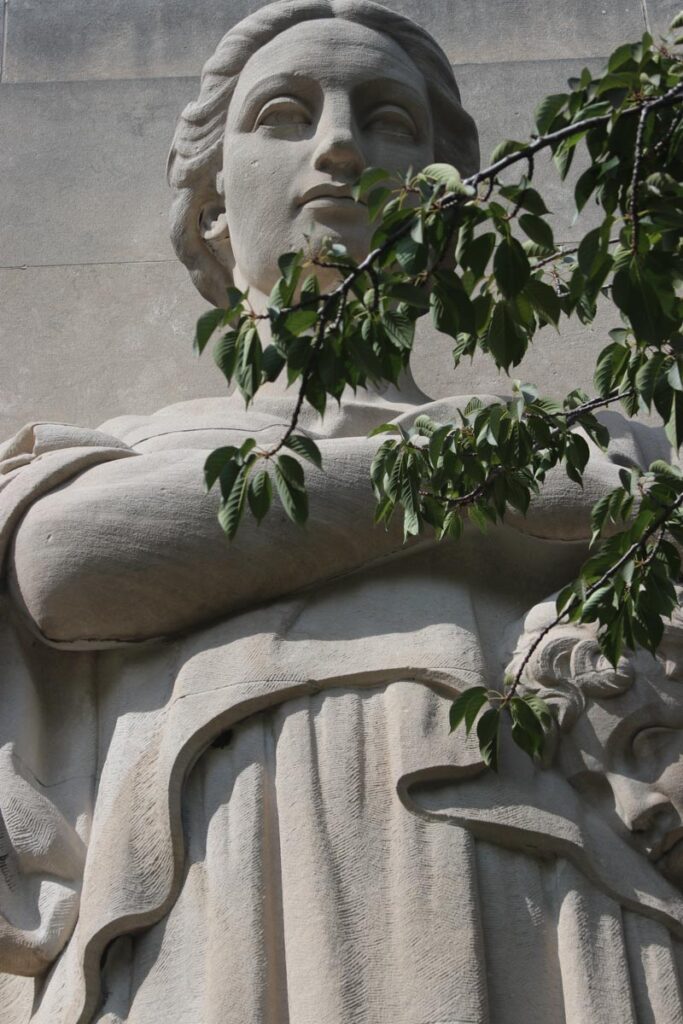
Photographer: Jeremy Duenas 
Photographer: Lisbeth Marmolejos 
Photographer: Melisa Wu Lin
The Frame
Cropping: how much information is in the frame
- a long shot
- a medium shot
- a close up
- an extreme close up.
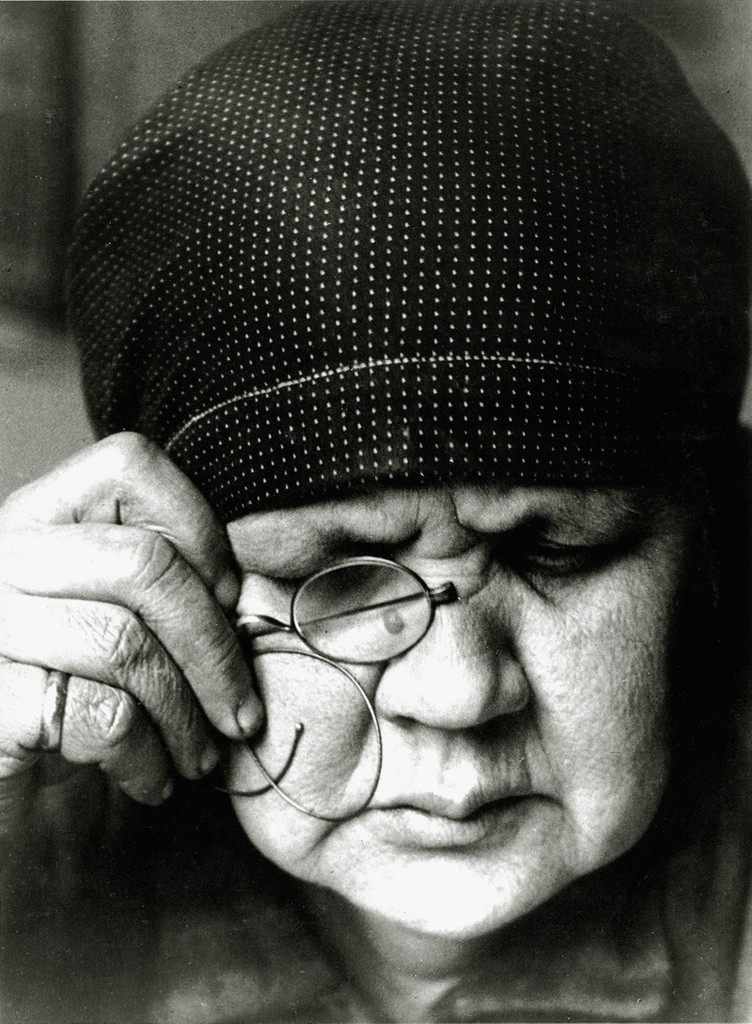
Alexander Rodchenko, Portrait of his mother, Olga, , 1926 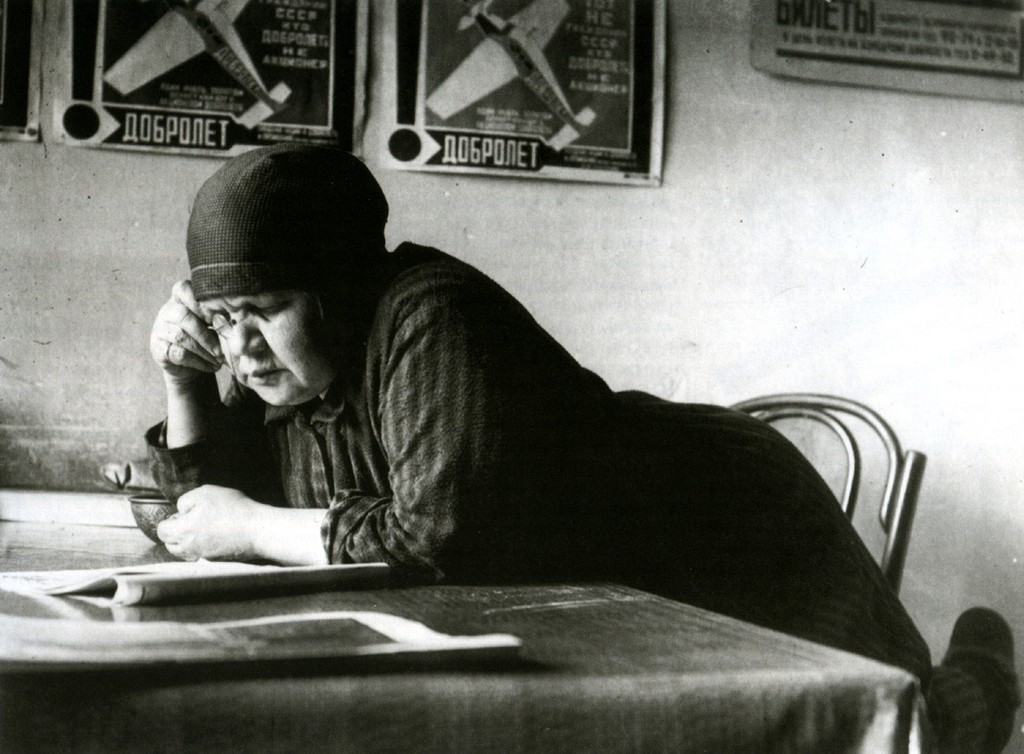
Alexander Rodchenko, Portrait of his mother, Olga,side view, 1926
Angle of View: describes the camera position in relationship to the subject. The angle of view may be:
- a worm’s-eye view
- a low-angle
- eye-level
- a high-angle
- a bird’s-eye or aerial or overhead view
- oblique angle
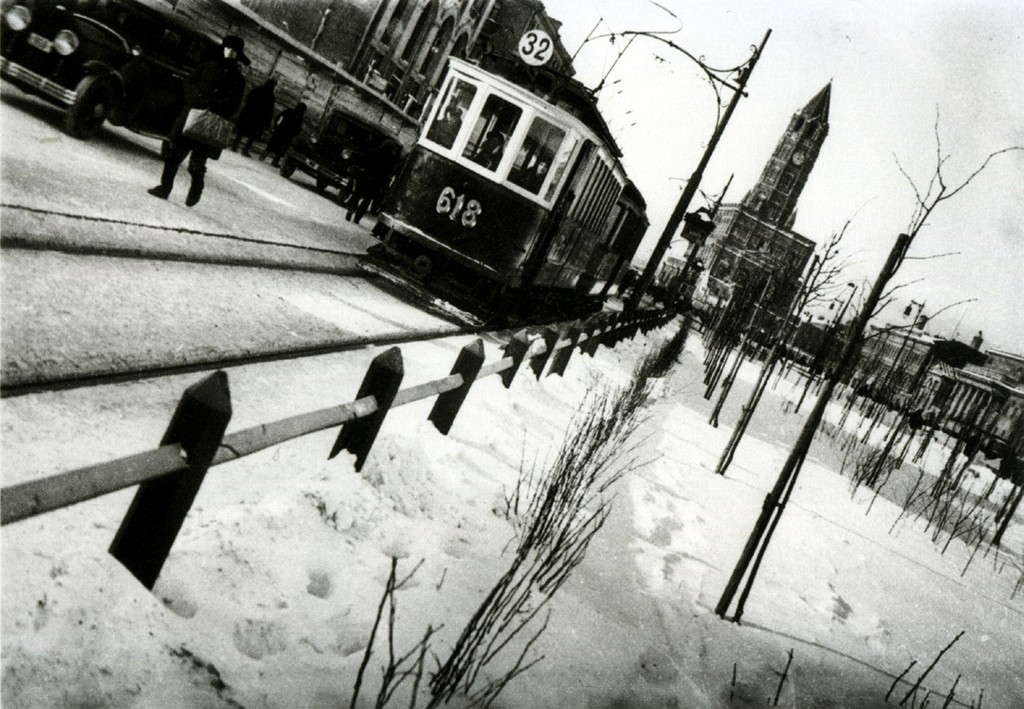
Angle of View Examples By Alexander Rodchenko
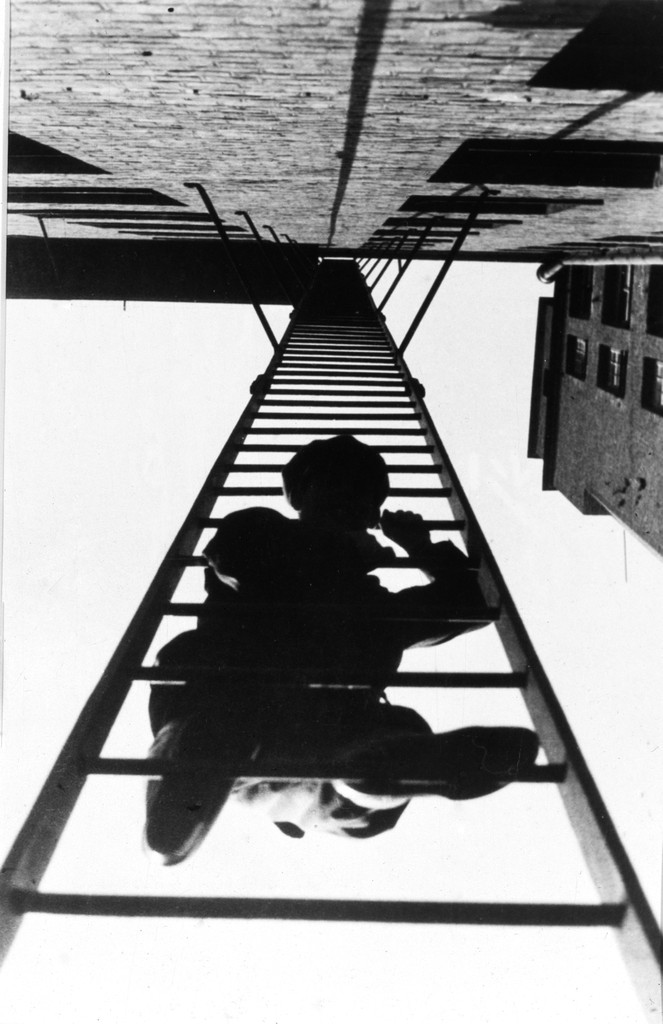
Fire Escape, from the series Building on Miasnitskaia Street, 1926 
Pioneer Girl, 1930 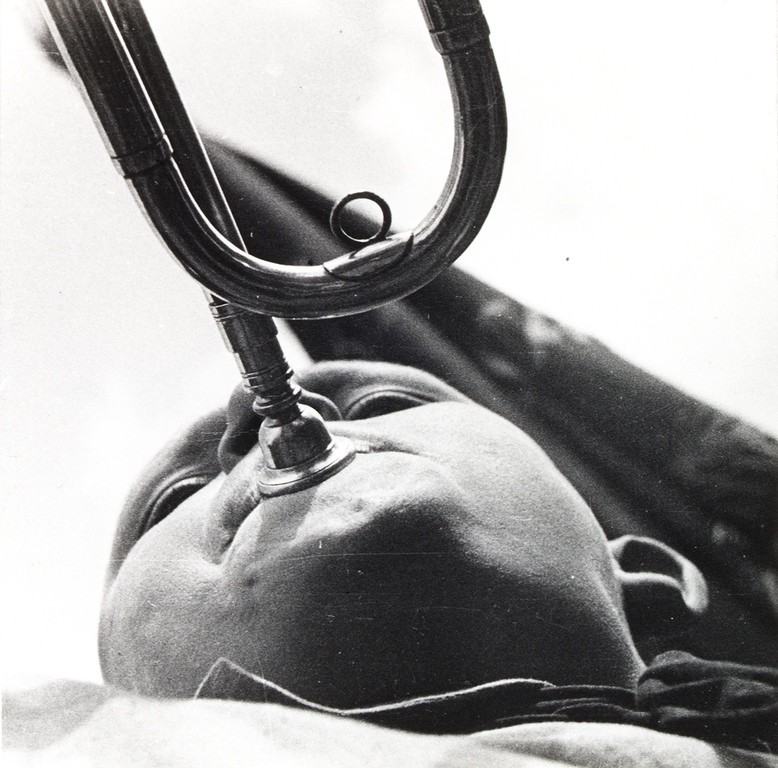
Pioneer, 1930 
City Street, Moscow, 1927 
Courier Girl, 1928 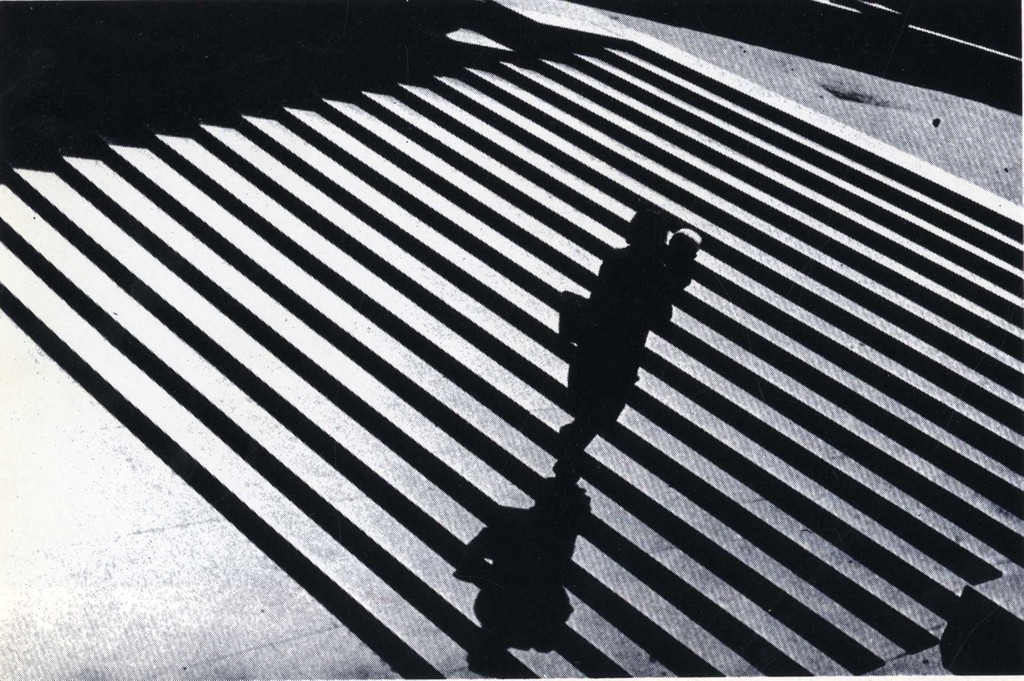
Steps, 1930 
Tram on SukharevskyBoulevard, 1928 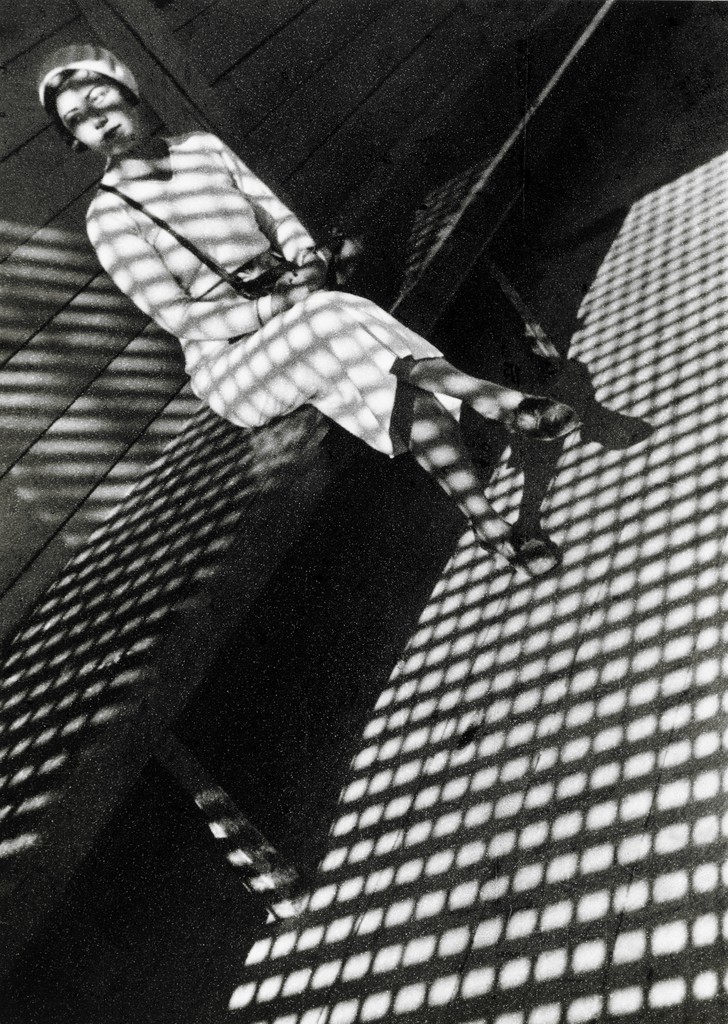
Girl with Leica, 1934
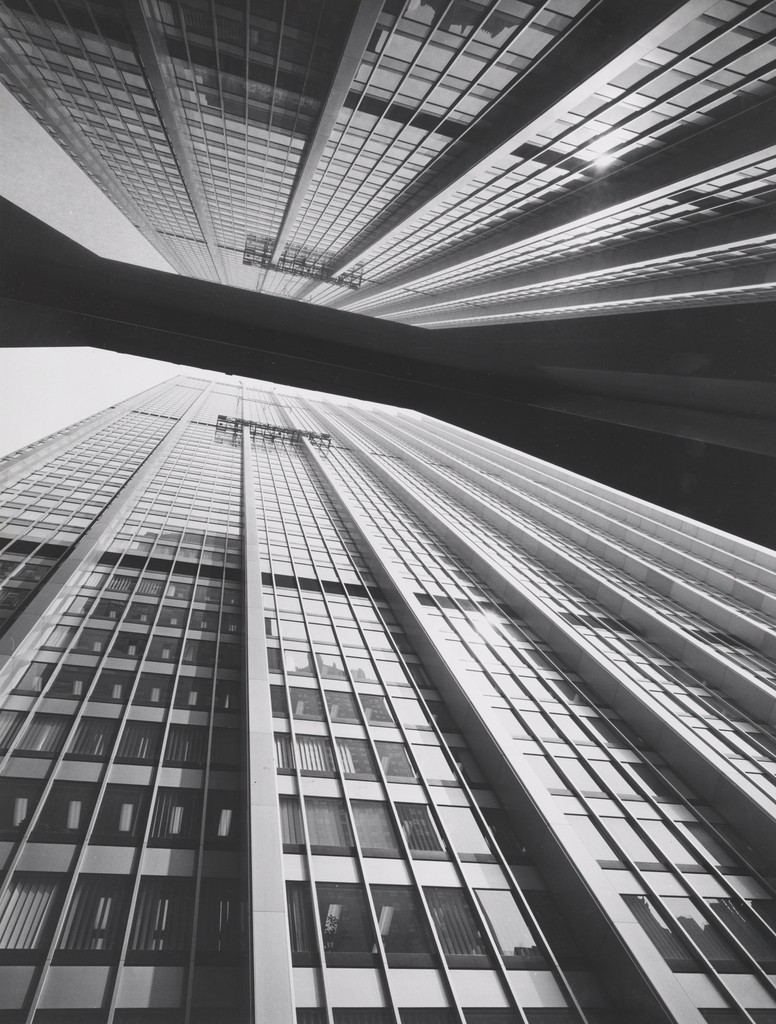
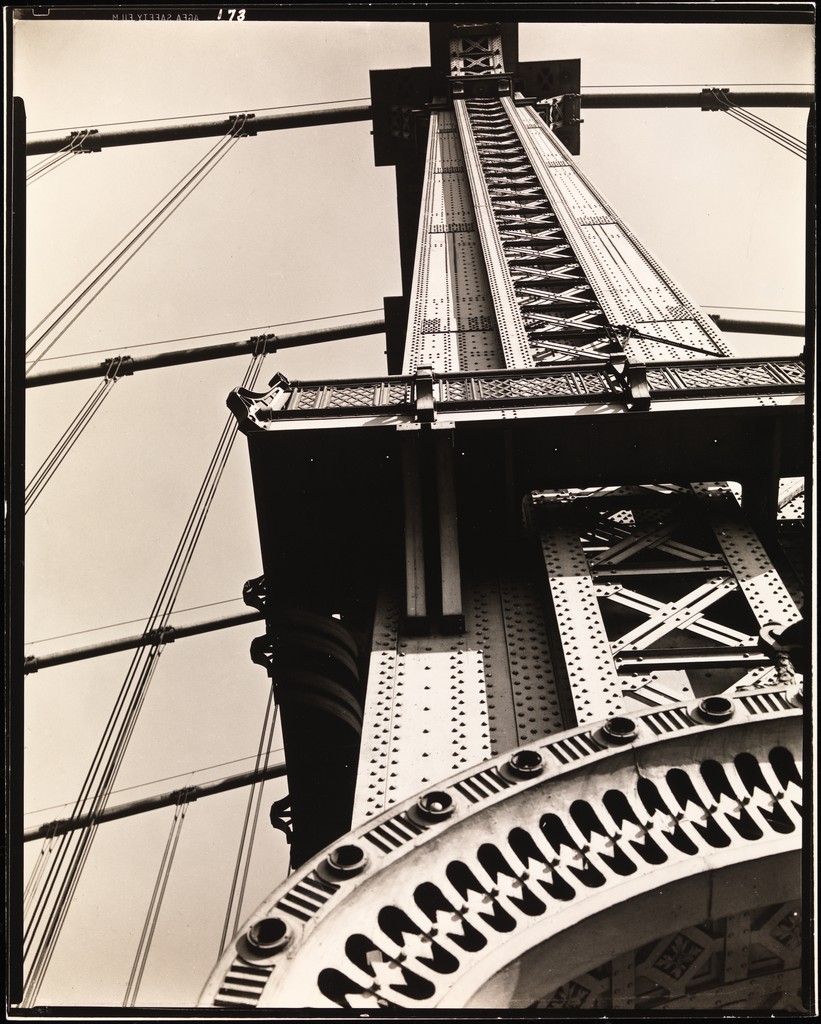
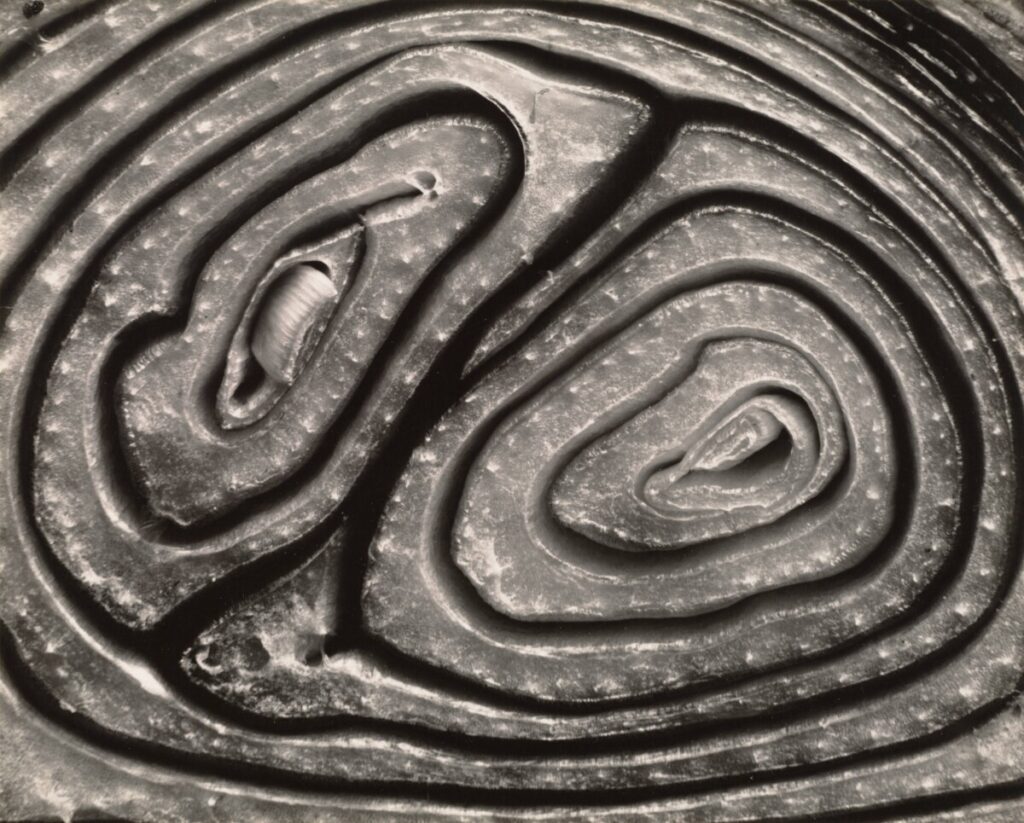
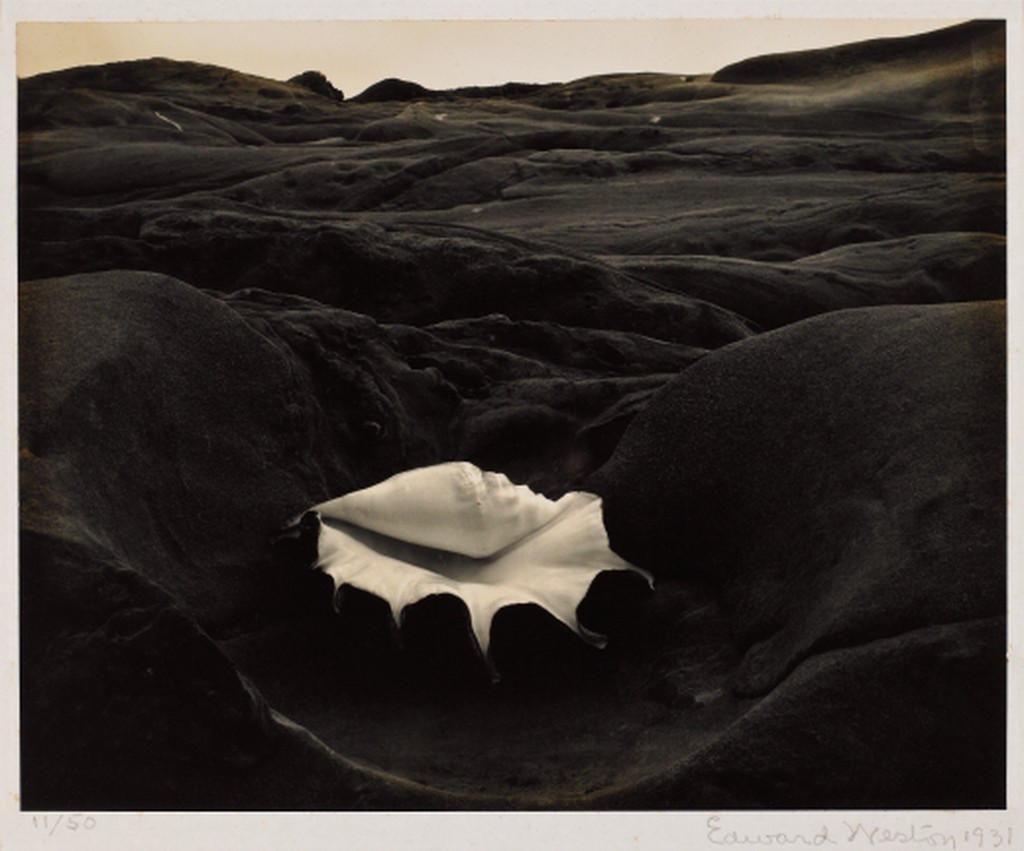







Recent Comments